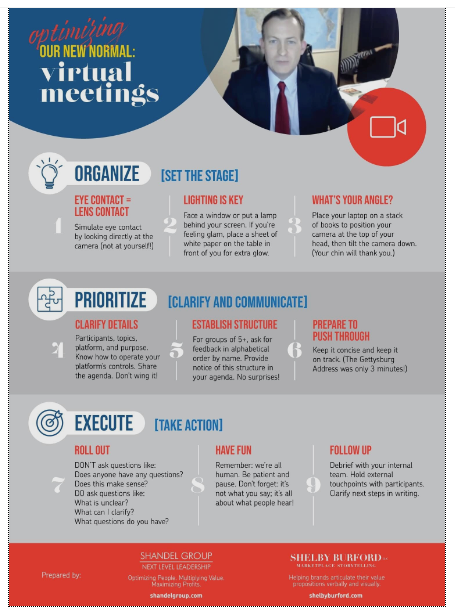OPTIMIZING VIRTUAL COMMUNICATION
CONTROL OR AGENCY
We all know that there is much that we cannot control, yet we don’t necessarily live like we believe this reality. And while this may sound like some old school notion or that I have never heard of “The 4-Hour Workweek”, “Designing Your Life”, or “The Achievement Habit” (all of which I have read and learned much from). I am talking about something even bigger.
For instance…
- You did not choose to be born (not to mention when or where nor who’s family system you’re apart of)
- You do not control the innate strengths and blind spots you have
- You do not control what people think, feel, or say, for that matter
- You do not control how people look at the world (whether through a fixed or growth mindset)
- You do not control the weather
- You do not control time
And while I could go on and on, by the very fact that you were born, regardless of when or where or to whom, or who you are, you have a great deal of agency.
a·gen·cy /ˈājənsē/ noun: 1. a person or thing through which power is exerted or an end is achieved 2. action or intervention, especially such as to produce a particular effect
Agency to have a good attitude. Agency to practice personal accountability. Agency to play the hand you’re dealt, versus complaining about the cards in your hand.
You may not control everything, but you can live intentionally and impact the majority of your experiences.
EFFICACY
Since you don’t have control of everything, you certainly must still understand that you have a great deal of power to lead, and or to learn to lead well! Essentially, there are three stages to leading yourself and others well. They are very simple and effective.
In everything that you do, plan to:
- ORGANIZE
- PRIORITIZE
- EXECUTE
I will write more on these stages in the near future and why they are tried and true (as in actually battle-tested), but for today’s purposes, I want to take a figurative "hard-right" to share this leadership framework specifically overlaying or integrating it into our "new normal" of virtual leadership and communication. This is now specifically aimed at those of you leading or facilitating virtual meetings.
OPTIMIZING VIRTUAL MEETINGS
We have partnered with Shelby Burford of Marketplace Storytelling to make this as practically applicable for you and your team as possible. Below is a downloadable One-Pager that encapsulates these steps. (Please feel free to pass along to your team, friends, or colleagues.)
You will be well served to note each of the step-by-step sub-points to the 9 steps for optimizing virtual meetings. However, I’ll share the areas that you have agency over right now:
- Creating eye contact actually means looking directly into the camera when speaking
- Lighting is key (Remember, it was “lights, camera, action”)
- Your camera should be eye-level
- Clarify ALL details ahead of time
- Establish the best structure for your meeting
- Prepare to follow through on your plan
- Roll out, in other words, GO
- We’re all human and must keep that top of mind so we can adapt and give grace
- Follow up, a virtual meeting should not be the last word
DOWNLOADABLE ONE PAGER

At Shandel Group, our aim is simple. We want to help you gain the clarity needed to increase the likelihood that you can go out and win. Winning looks different for all of us, so however you intend to add value and serve others excellently, we want to support you in that process.
There will be more resources like this to come, just remember, lean into your agency.
And, if you or someone on your team needs a quick reminder as to the results of not intentionally planning your virtual meetings, check this 45-second clip out (of which the last 5 seconds are priceless).
YOU’LL BE HIGHLY DISCIPLINED TO:
ORGANIZE.
PRIORITIZE.
AND EXECUTE.
Pulling for you,
Alan Andersen


